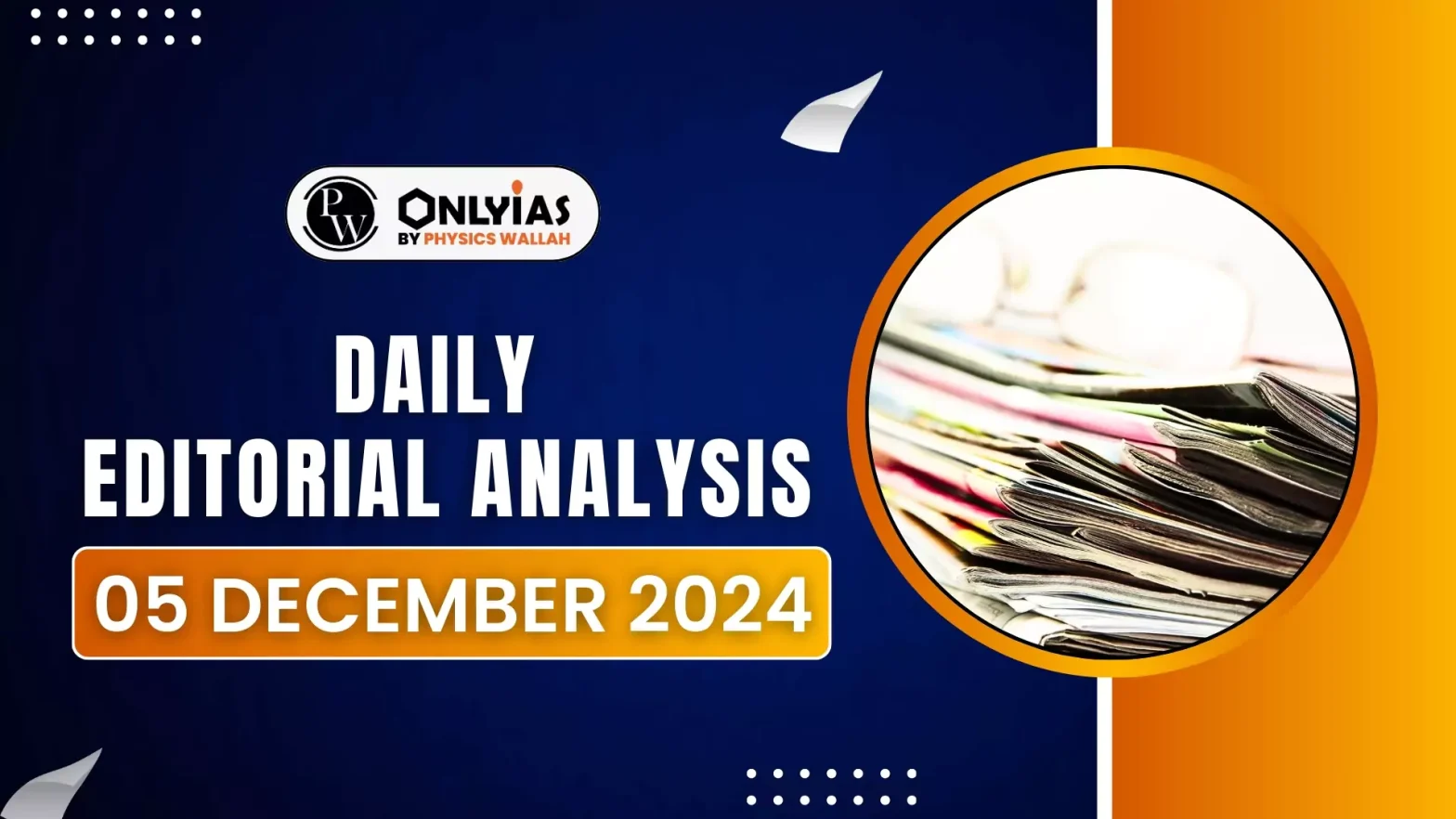US President-elect Donald Trump’s threat of 100% tariffs on BRICS nations for pursuing de-dollarization signals a shift in Washington’s economic strategy, using tariffs as political tools. This move has major implications for India and the global economy, necessitating careful strategic planning.
More on the News
- Trump’s policy has reshaped the belief that not only exporters but also importers can wield significant influence over the global economic system and create dependencies.
- By using tariffs as a strategic policy instrument, the US can exert pressure on other countries while simultaneously fostering domestic growth by encouraging local production and strengthening its own industries.
Enroll now for UPSC Online Course
Importance of the US in World Trade
- Economic Influence: Largest importer globally, creating demand and influencing global supply chains.
- One of the key drivers of technological innovation and global economic growth.
- Trade Preferences: Offers preferential market access to many trading partners, boosting bilateral and multilateral trade.
- Rule-Setting Power: Shapes global trade norms through leadership in forums like WTO and other international trade agreements.
- Financial Dominance: The US dollar’s status as the preferred global currency underpins international trade and financial stability.
|
US Tariffs as a Tool for Economic and Foreign Policy
Historical Context
- Trump’s Consistent Opposition to Trade Agreements:
- Criticized agreements perceived to undermine US interests, such as NAFTA and the Pacific Free Trade Agreement.
- Imposed significant tariffs on China, the EU, and Canada during his first term.
- Continuation of Trump Policies Under Biden:
- The Biden administration retained several Trump-era tariff policies, reflecting bipartisan consensus on protecting US economic interests.
- Future trade policies under Trump are likely to follow a quid pro quo approach.
Strategic Use of Tariffs
- Tariffs as Leverage: Trump’s administration redefined tariffs, turning them into political tools aimed at reshaping the global economic order in favor of US interests.
- Shift to Reciprocity: Trump’s trade policy emphasizes reciprocal arrangements, shifting from multilateral cooperation to bilateral agreements that benefit the US economy.
- Market Power Influence: The US, as the world’s largest importer, uses its market power to influence global trade flows and create dependencies on its economy.
- Geopolitical Objectives: Tariffs serve broader geopolitical goals, including encouraging defense spending from allies, addressing internal issues like illegal immigration and drug trafficking, and deterring adversaries like China.
- US Dollar Dominance: The US dollar’s role as the global reserve currency strengthens US financial dominance, allowing the country to shape international trade and financial stability.
India’s Position in a Transformed Trade Landscape
- Trade Disputes with the US: India faced trade challenges during Trump’s first term, and his second term is likely to intensify demands for reciprocity and bilateral adjustments.
- Dependency on US Market: The US remains a crucial market for India, especially for services, but India risks compromising its own national interests by being overly responsive to US demands.
- India’s economic priorities are aligned with the US, given the critical role the US plays in its trade and technology sectors.
- BRICS’ Lack of Cohesion: Despite BRICS countries like China and Russia advocating for de-dollarisation, the group lacks the financial and political unity to challenge the dominance of the US dollar.
- There is no guarantee that a BRICS currency would serve India’s interests, as it could mirror the challenges posed by reliance on the US dollar.
Check Out UPSC CSE Books From PW Store
Way Forward for India
- Alignment with Trump’s “Fair-Trade Block” Vision: India should align with Trump’s “fair-trade block” concept, focusing on reciprocal trade arrangements that ensure mutual benefits, especially in sectors like value-added exports and opening key industries to US businesses.
- Leveraging Strategic Interests: India can use its alignment with US strategic goals, particularly on countering China, as leverage in trade negotiations. Collaboration in defense, technology, and supply chains will strengthen bilateral ties.
- Maintaining Strategic Autonomy: India must balance economic benefits with maintaining strategic autonomy, avoiding over-dependence on the US while securing advantageous agreements.
- Focus on Long-Term Vision: India should aim for diversified, multipolar global partnerships, with an emphasis on the rupee’s global role and expanding diplomatic ties to negotiate better deals in trade and technology.
- Leveraging the EU Situation: Shifting EU political dynamics offer India an opportunity to increase its influence in Europe and expand trade partnerships.
Conclusion
The evolving US trade policy under Donald Trump highlights both challenges and opportunities for India. A proactive approach, emphasizing reciprocity and mutual gains, will be essential in shaping a robust Indo-US trade relationship.
![]() 5 Dec 2024
5 Dec 2024

